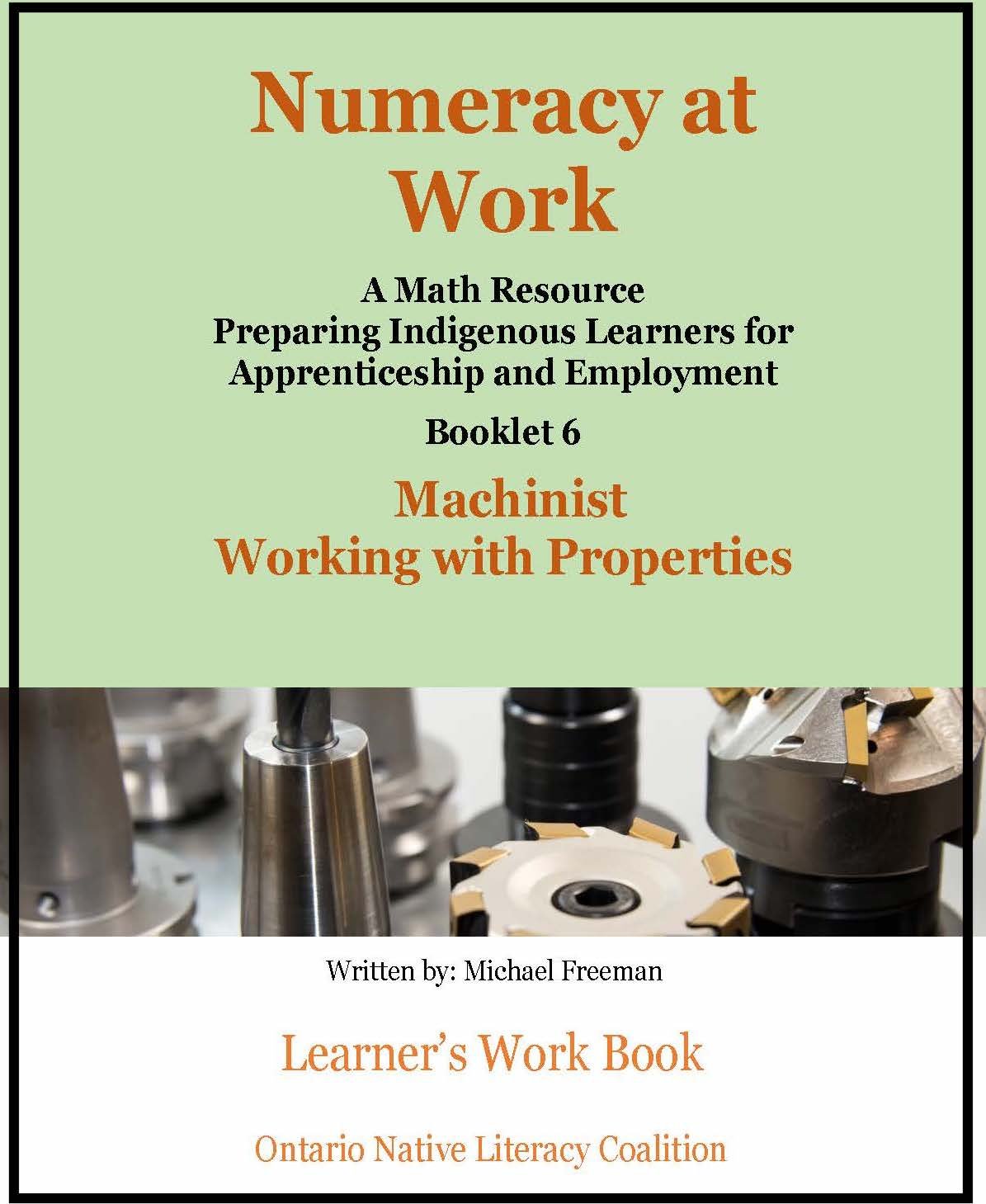Welder/Iron Working: Working with Area & Angles- Facilitator's Guide
Preparing Indigenous learners for Apprenticeship and Employment
The booklets are designed for learners entering an apprenticeship program or preparing for the workforce. Learners are encouraged to complete a booklet in a career they are interested in or they could try all the booklets to investigate what careers interest them. Every booklet concentrates on math concepts and skills needed in a chosen career.
The OALCF are the guidelines used to establish math concepts and skills at Level 1 and Level 2, as some career paths are more advanced learning of math concepts.
Booklet 7
Numeracy at Work
Welder/Iron Working: Working with Area & Angles: Facilitator’s Guide – Includes answer key and task-based activities
Calculating/measuring area and angles are a crucial math skill that can help welders and iron workers immensely.
The construction industry is one that demands a high degree accuracy and precision which means the iron worker must be able to very accurately complete tasks both quickly and precisely.
Utilizing the skills learned in the domains of area and angles can help any welder or iron worker accomplish this goal.
Booklet includes:
· Answer Key
· Task-based Activities
This Facilitator’s Guide accompanies the Numeracy at Work – Welder/Iron Working– Working with Area & Angles- Learner’s Work Book.
Preparing Indigenous learners for Apprenticeship and Employment
The booklets are designed for learners entering an apprenticeship program or preparing for the workforce. Learners are encouraged to complete a booklet in a career they are interested in or they could try all the booklets to investigate what careers interest them. Every booklet concentrates on math concepts and skills needed in a chosen career.
The OALCF are the guidelines used to establish math concepts and skills at Level 1 and Level 2, as some career paths are more advanced learning of math concepts.
Booklet 7
Numeracy at Work
Welder/Iron Working: Working with Area & Angles: Facilitator’s Guide – Includes answer key and task-based activities
Calculating/measuring area and angles are a crucial math skill that can help welders and iron workers immensely.
The construction industry is one that demands a high degree accuracy and precision which means the iron worker must be able to very accurately complete tasks both quickly and precisely.
Utilizing the skills learned in the domains of area and angles can help any welder or iron worker accomplish this goal.
Booklet includes:
· Answer Key
· Task-based Activities
This Facilitator’s Guide accompanies the Numeracy at Work – Welder/Iron Working– Working with Area & Angles- Learner’s Work Book.
Preparing Indigenous learners for Apprenticeship and Employment
The booklets are designed for learners entering an apprenticeship program or preparing for the workforce. Learners are encouraged to complete a booklet in a career they are interested in or they could try all the booklets to investigate what careers interest them. Every booklet concentrates on math concepts and skills needed in a chosen career.
The OALCF are the guidelines used to establish math concepts and skills at Level 1 and Level 2, as some career paths are more advanced learning of math concepts.
Booklet 7
Numeracy at Work
Welder/Iron Working: Working with Area & Angles: Facilitator’s Guide – Includes answer key and task-based activities
Calculating/measuring area and angles are a crucial math skill that can help welders and iron workers immensely.
The construction industry is one that demands a high degree accuracy and precision which means the iron worker must be able to very accurately complete tasks both quickly and precisely.
Utilizing the skills learned in the domains of area and angles can help any welder or iron worker accomplish this goal.
Booklet includes:
· Answer Key
· Task-based Activities
This Facilitator’s Guide accompanies the Numeracy at Work – Welder/Iron Working– Working with Area & Angles- Learner’s Work Book.






